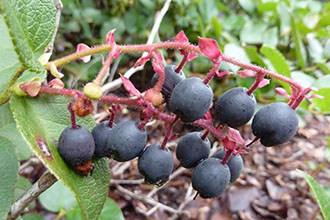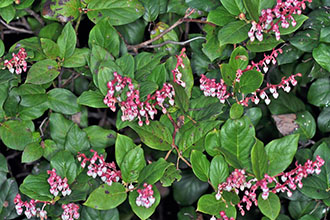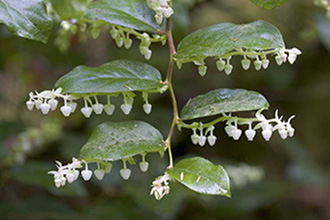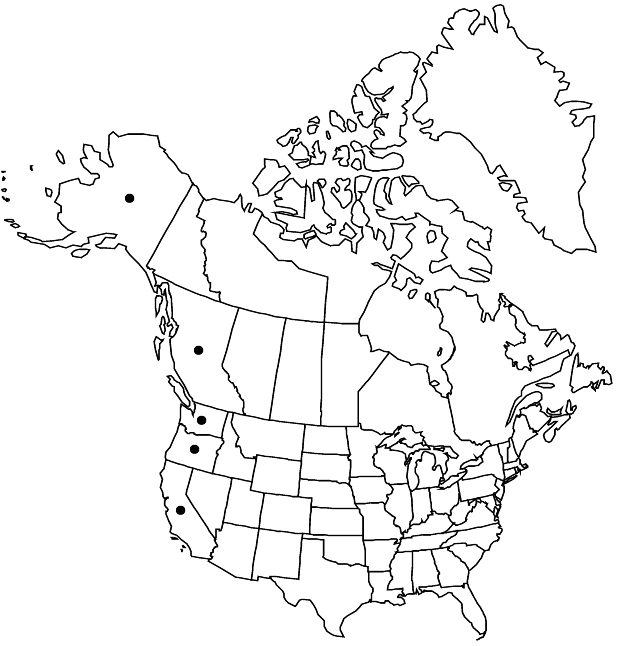Taxonomy: Kingdom - Plantae (plants). Subkingdom - Tracheobionta (vascular plants). Superdivision - Spermatophyta (seed plants). Division - Magnoliophyta (flowering plants). Class - Magnoliopsida (dicotyledons). Subclass - Dilleniidae. Order - Ericales. Family - Ericaceae (heath). Genus - Gaultheria L. Species - Gaultheria shallon Pursh
Ecology: Salal grows in early seral to climax stands in Douglas-fir-western hemlock forests and in coastal western hemlock forests of the Northwest. Salal is a residual species which persists on many types of newly disturbed sites. It can rapidly colonize open areas, particularly on undisturbed soil and appears well adapted for opportunistic survival in changing canopy gaps. Once established, salal spreads aggressively and is well-suited for use as a ground cover on erosive banks, roadcuts, highway right-of-ways, and other types of reclaimed ground. Salal competes vigorously with conifer regeneration in some locations. On moist sites, this shrub commonly competes with Douglas-fir, Sitka spruce, and western hemlock, and to a lesser degree with western redcedar. In general, the nutrient-demanding Sitka spruce is most harmed by competition with sala, but salal can also significantly reduce the basal area and stocking of Douglas-fir seedlings on some sites.



